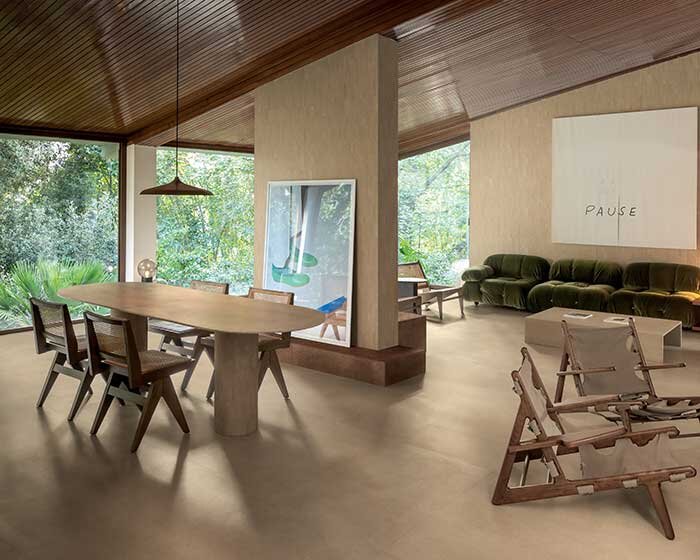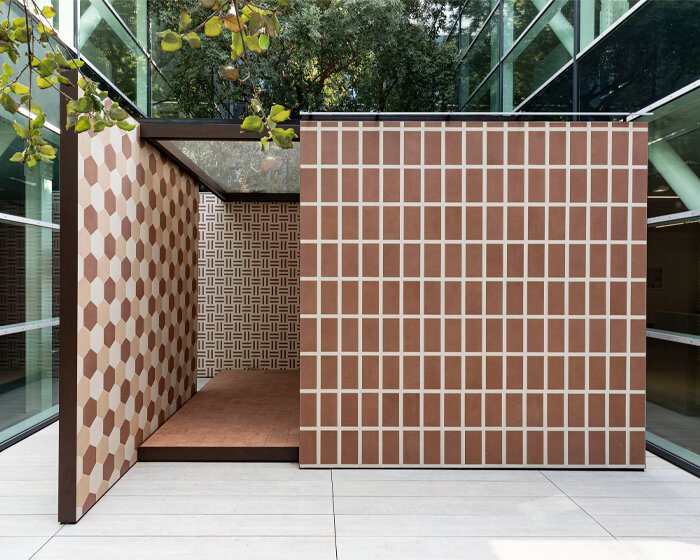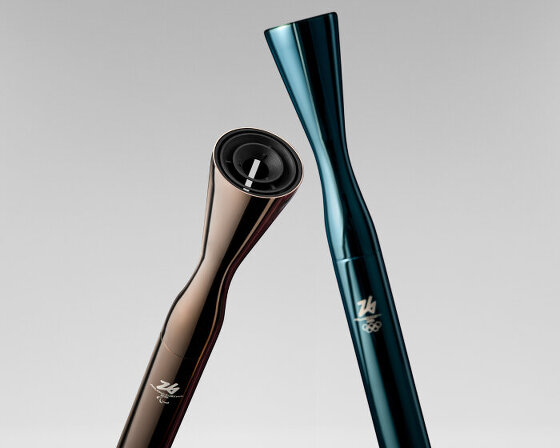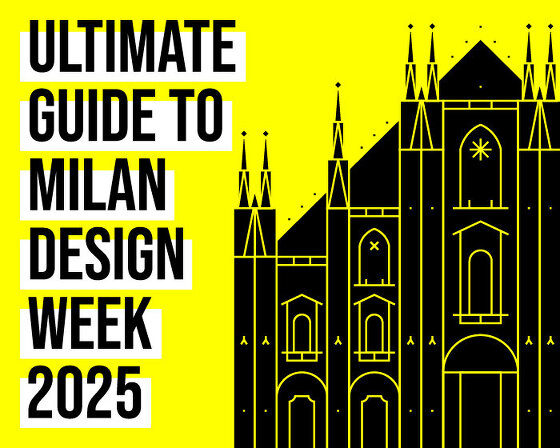KEEP UP WITH OUR DAILY AND WEEKLY NEWSLETTERS
happening now! with sensiterre, florim and matteo thun explore the architectural potential of one of the oldest materials—clay—through a refined and tactile language.
uncover the colorful legacy of italy's iconic train, designed by gio ponti and giulio minoletti in the '50s.
connections: +110
unveiled as well at the italian pavilion in expo 2025 osaka, the design uses fuel coming from cooking oils and animal fats.
connections: +190
discover our guide to milan design week 2025, the week in the calendar where the design world converges on the italian city.
connections: 70
'there is no real, defined space, there’s just the reflection’ – designboom speaks with Hermès artistic directors charlotte macaux perelman and alexis fabry.
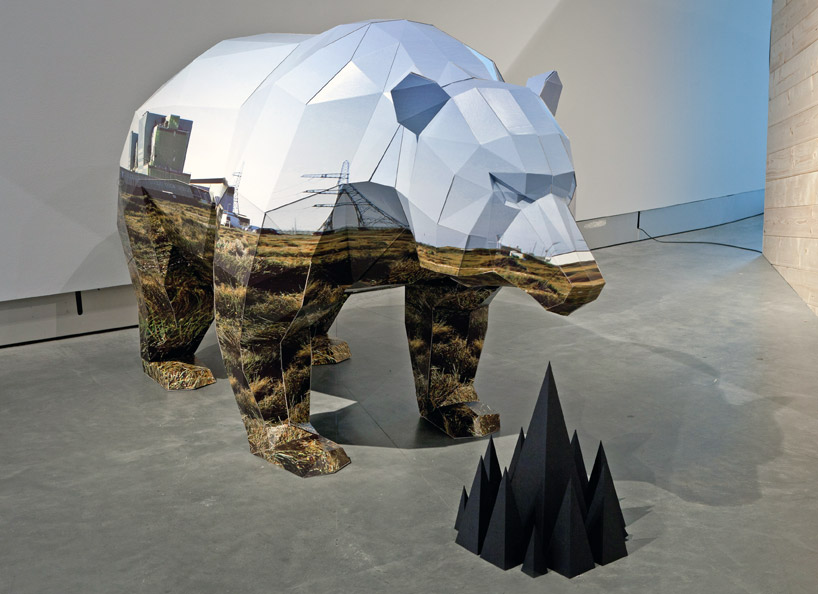
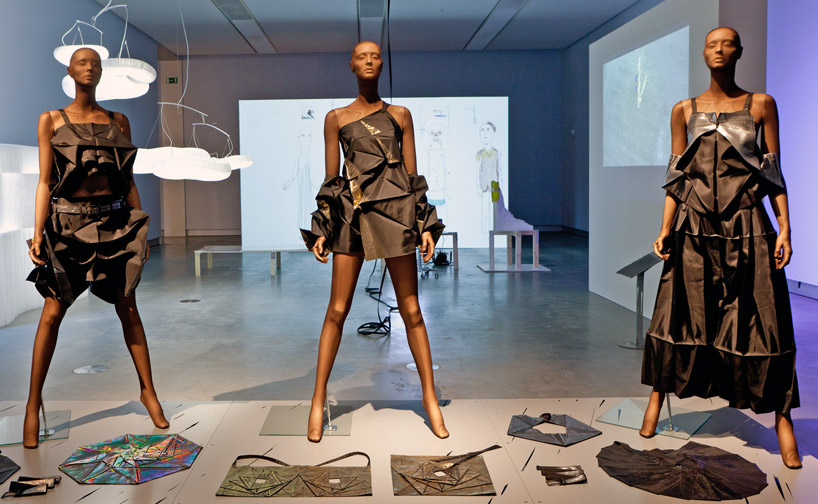 ‘132 5. issey miyake’
‘132 5. issey miyake’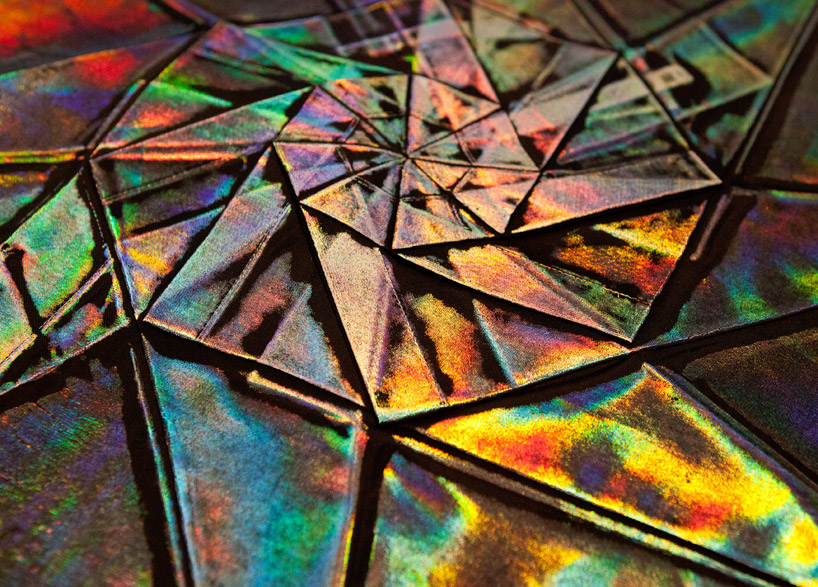 detail view of the fabric
detail view of the fabric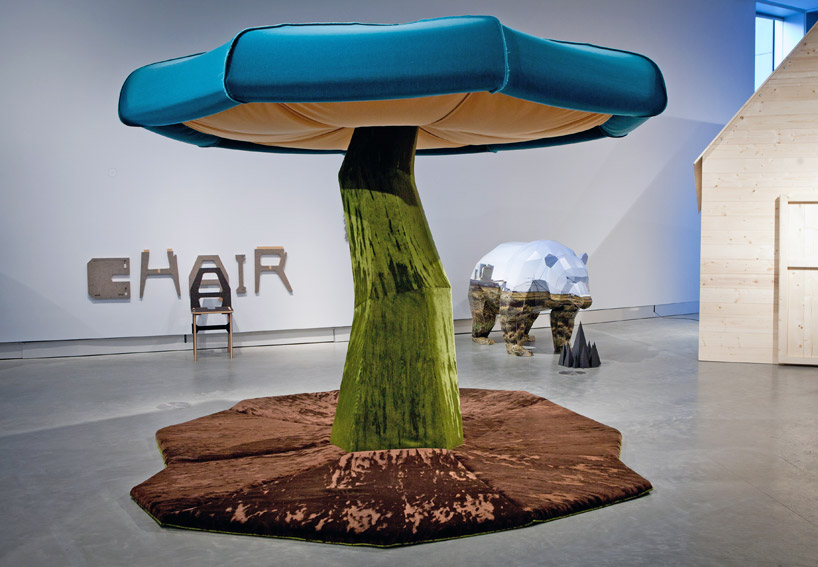 ‘mush-room’ (2011) by anthony kleinepier in collaboration with leo schellens
‘mush-room’ (2011) by anthony kleinepier in collaboration with leo schellens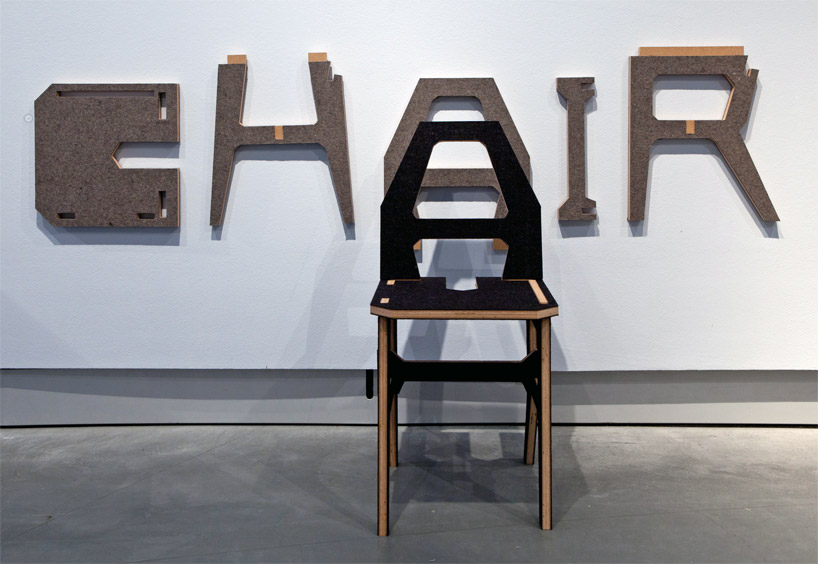 ‘chair / chair’ by eric ku
‘chair / chair’ by eric ku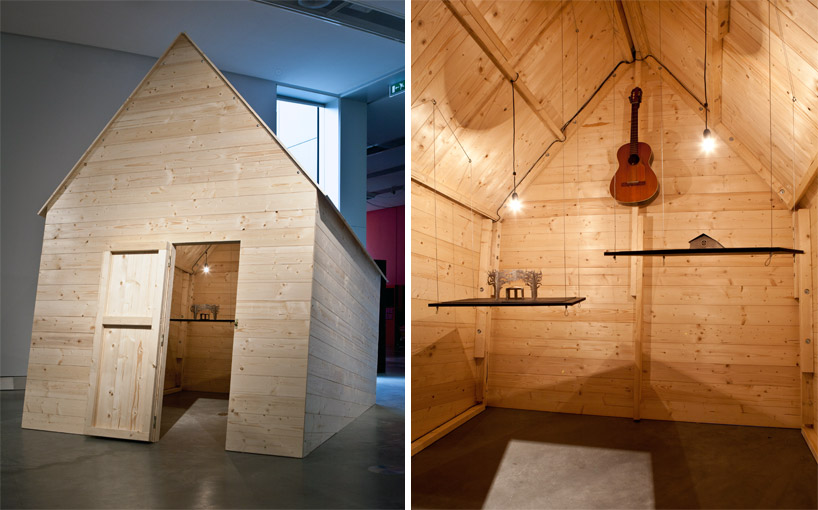
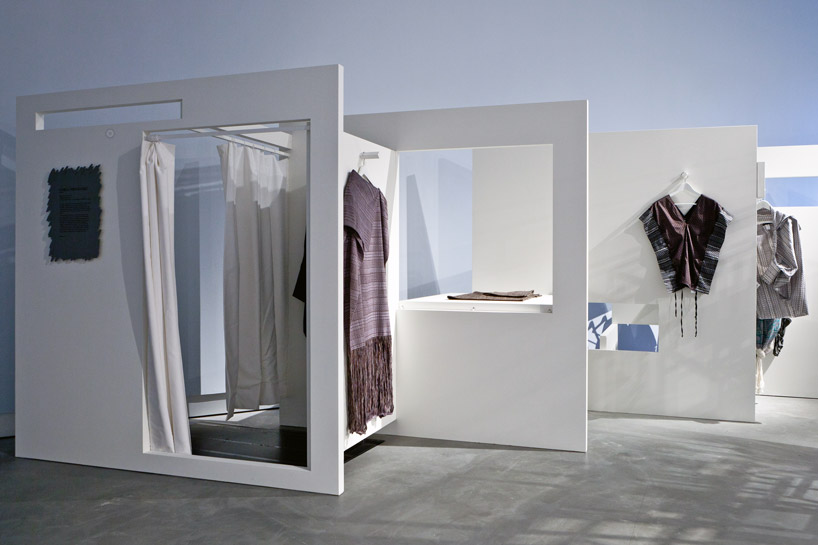 ‘pop-up store’ by carla fernández
‘pop-up store’ by carla fernández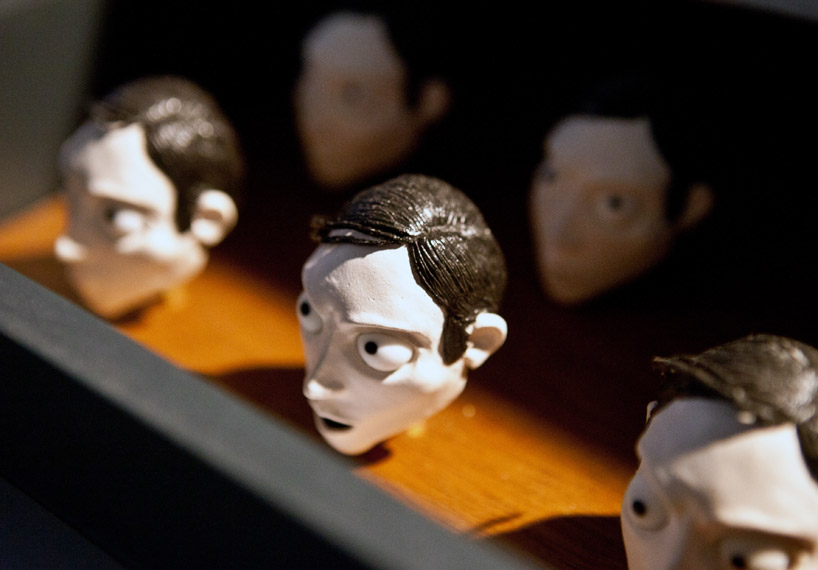 dutch designer
dutch designer 